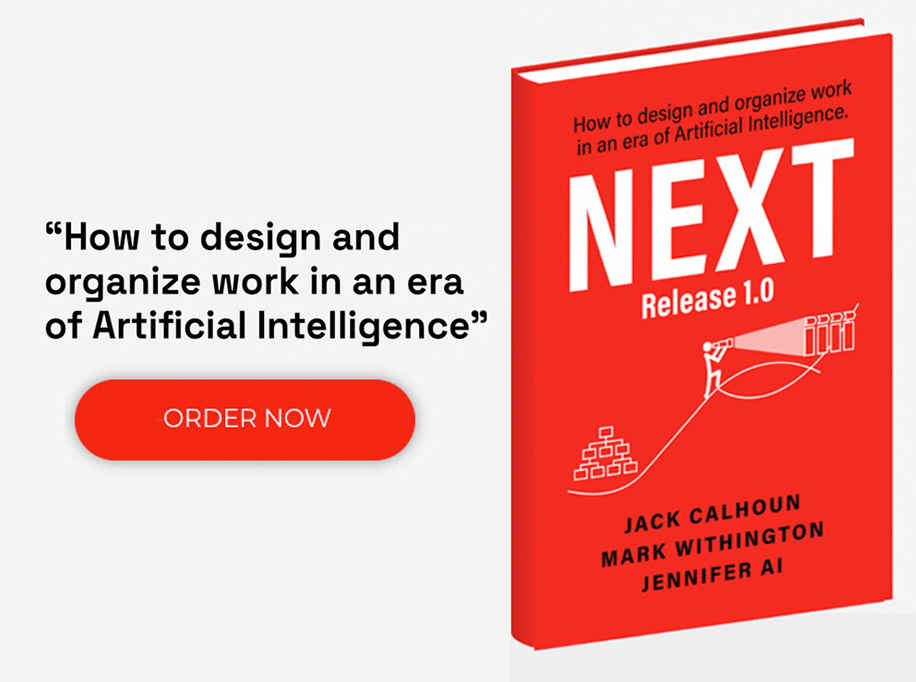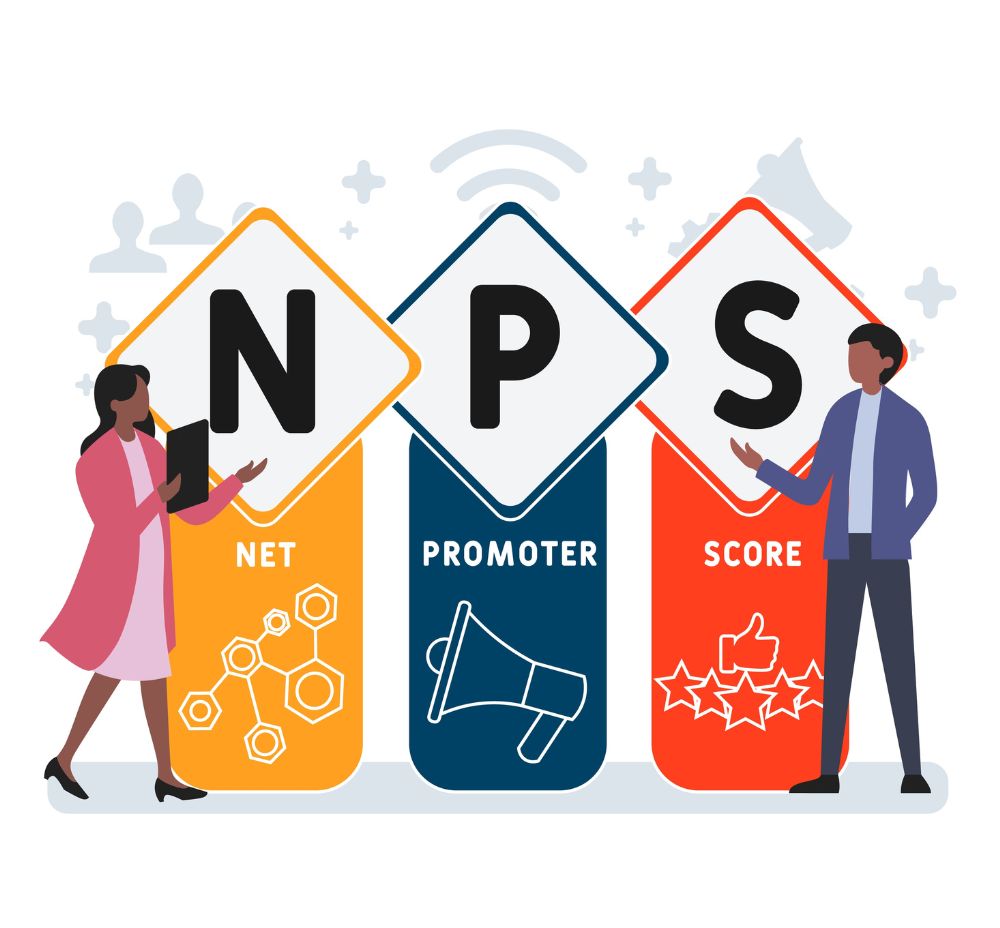Should capabilities be best represented as nouns or verb-nouns?
The Business Architecture Guild argues that business capabilities are best represented as nouns.
I disagree.
Capabilities are best represented as verb-nouns.
Why is that important to you as a business architect?
If a capability is what an organization needs to do to execute business strategy, then semantics matter.
The use of verb-noun sets the context for a meaningful, honest dialogue about IT to business alignment, capability performance assessment and the business value of IT.
If a capability is the ability to do something, what is more compelling and actionable? Let’s look at a few examples related to the shift to affordable, and accountable, care:
- Steerage [noun] or Steer members to lower cost/better outcome providers [verb-noun]
- Bundled Payments or Bundle inpatient and post-acute care payments
- Global Payments or Break down global payments where care is provided by multiple organizations
Most business leaders I’ve met agree the verb-noun convention is more powerful in the context of the strategy execution process. They say that nouns or “objects” are nonspecific and that is the enemy of aligned execution.
Business leaders focused on Strategy to Execution want to talk specifically about performance, sourcing and other business dashboard metrics and the verb-noun construct facilitates the capability improvement conversion.
While some of Enterprise Architects (EAs) prefer nouns or objects, nouns are best used in the EA tool kits and linked to Capability Models.
When dealing with the business, use the verb-noun construct. When talking about specific capabilities use verb-noun and some context as illustrated in the examples above.
That is if you want to be seen as providing move business value.
I welcome your comments below and I invite you to check out a recent article I co-authored that puts the verb-noun practice in a very real capability modeling case for success.











